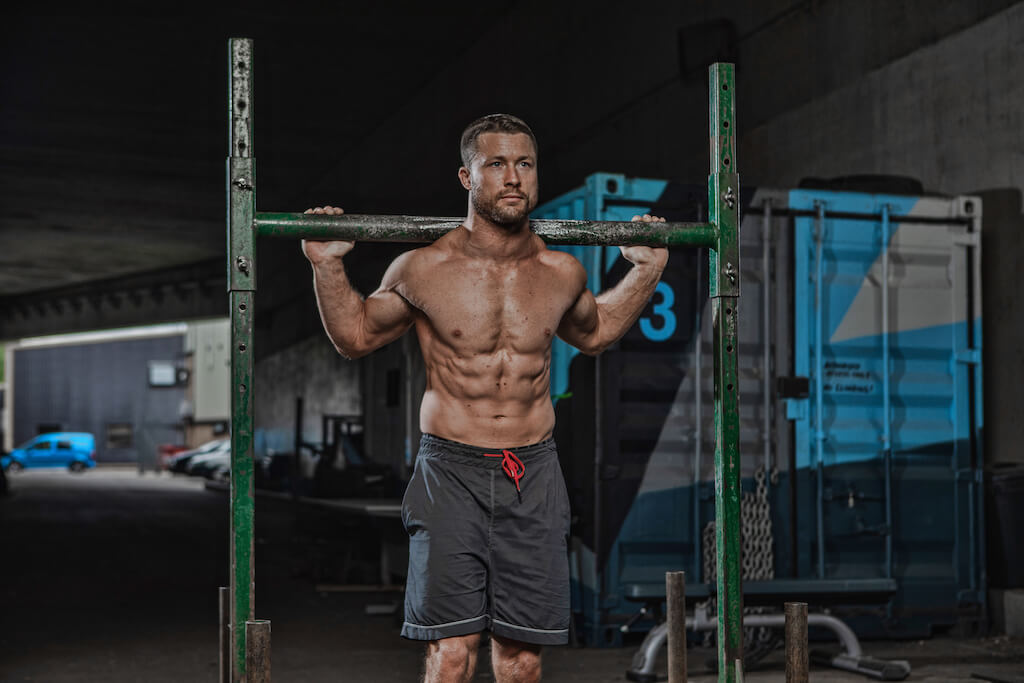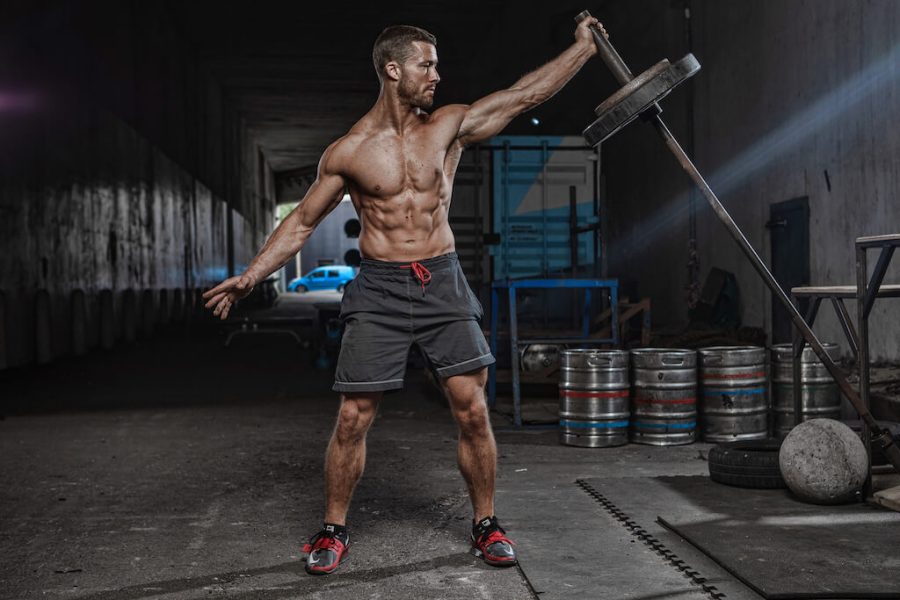The ‘best’ training systems aren’t always the best way for you to achieve the results you want. Those two things aren’t necessarily the same, because a lot of the time people aren’t ready for the most advanced training protocols. That’s based on a lot of things, like fitness levels and how long someone has been exercising consistently for.
Ask yourself, are you skipping a few training phases that have definitely come before the advanced training concepts for the writer or athlete you are reading about?

James Griffiths has recorded the highest altitude workout ever, completed 1,000 24kg kettlebell snatches in under one hour, was Southern England’s strongest man under 80kg in 2018, and (best of all) even graced the cover of this very magazine back in November 2020 | Photography: Simon Howard
Step-By-Step Guide to Creating Your Own Training Programme
- I always programme around three main focuses: Power, Endurance and Control. They can be further split up into stamina, hypertrophy, strength, power, speed, flexibility, skill, balance and coordination.
- Whatever your goal is, you need to focus your training on the relevant components, but my advice would be to have phases where you at least check in with all of the above to make sure you don’t let your strengths get too far in front of your weaknesses. Big imbalances are a fast route to injuries, and injuries stop you training.
- Start with endurance (stamina and hypertrophy), as you get to hit light to moderate weights for a lot of reps. High reps mean you get more practice on your technique and the risk of injury is lower.
- After building up some skill and resilience you can move on to strength, which involves higher intensities and bigger weights. Just don’t get stuck on strength, even though it’s great for your ego.
- Hit some power by building more explosive training into your programmes. For most of my clients, the power-based training is where they actually feel and look their best. Dipping your toe into a different style of training for a month will be good for your fitness, great for your motivation, and your body will thank you for the change of pace, which is good news for keeping your nervous and hormone systems happy.
- For that reason, I tend to be pretty specific with my programming. So if I’m working on endurance, most of my workouts in that phase will be built around supporting that adaptation. I won’t do a strength workout on Monday, endurance on Tuesday, and a flexibility session on Wednesday – your body will just get confused.
- What are you trying to achieve: fat loss, muscle growth, increased strength, or better stamina? Your body can’t do it all at the same time. So when I’m talking about changing up your training focus, it makes more sense to do it as phases of training, rather than trying to create a weekly workout routine that does everything.
- Give your body a clear stimulus to change the way you want it to change. Once you hit your targets, move on to the next phase. If your focus is strength or muscle size, you might go from a phase of stamina training that might be as short as four to eight weeks, into a strength phase that could be 12-24 weeks. After that, have a few weeks working on control and then start over again with new targets. It’s about understanding your body, when to push and when you need to ease off.
- Read everything, but don’t add it all into one programme. The less goals you prioritise, the faster you’ll achieve your targets and the less time you will waste.
Words: James Griffiths | Photography: Simon Howard







